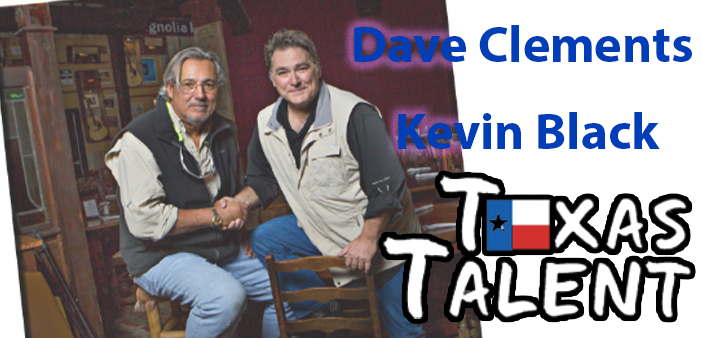Photos by Marshall Altom
Are you bored to death? Then we have just the place for you to visit. Just a little north of Houston in the FM 1960 area is the National Museum of Funeral History. This museum has a plethora of history and cool facts about funerals and caskets, along with the ability to see other cultures’ ways of dealing with death.
History is rampant throughout the museum. There are different models and styles of hearses and modes of transportation for families, including a 1916 funeral bus that would hold a coffin, pallbearers, and 20 mourners. It was decommissioned from a San Francisco funeral home after an accident where the bus flipped due to the amount of weight on the back of the bus. Another section of hearses shows sleds used to transport coffins. One of the things noticeable throughout the different variations of hearses is the difference in size. This comes from the fact that in the early 1900s, many funeral homes would run their hearses as ambulances. It was easy to convert the vehicles from hearse to ambulance by removing the panels. After the panels are removed the “ambulance” would transport the injured or ill person to the local hospital.



One exhibit in the museum focuses on Presidential Funerals. It has replicas of presidential caskets on display. There is a lot of history in this exhibit, including the schedule of Abraham Lincoln’s funeral train stops. His train made 12 stops from April 15th, 1865 to May 4th, 1865. This exhibit also houses the Presidential Funeral Hearse that was used for Ronald Reagan and Gerald Ford. A new part of this exhibit is the section dedicated to George H.W. Bush.




One section of the museum is about the Rite of Papal Death. It walks you through what happens when a Pope passes away. From the viewing of the Pope to the internment, each step is described. You can even learn a bit more history, including the origin of how the Swiss Guard became personal bodyguards for the Pope. There is even an exact replica of Pope John Paul II’s Burial Crypt.



While history is present, another thing to be mindful of is the variety of cultures represented in the museum. You will see different styles of hearses from the USA, Japan, Mexico, and so many more. The museum talks about ancient mummification rituals, The Day of the Dead, a Japanese funeral process and even Ghana’s funeral process. Be mindful that, even though some of these traditions may seem odd to you, yours might seem odd to another person from a different culture.


In another room of the museum is a huge array of beautifully painted and sculpted coffins. These coffins are typical in Ghana and have a deep meaning. These burial containers are depicted as items or animals. Some of these coffins are shaped like:

Over the last fifty years, coffins have begun to change shape in order to pay better homage to the deceased person’s life and legacy. There is an airline jet, a limo, and even a fishing canoe for a renowned fisherman. Ghanaians have an incredibly unique and beautiful way of remembering their loved one’s legacies.

Jacques Lipchitz said “Art is an action against death. It is a denial of death.” Throughout the museum, you are able to see different ways of handling death. There are living urns that are able to turn ashes into trees or biodegradable urns for water burials. They also have memory glass that can be made into a necklace or decorative orb. These are incredibly beautiful pieces to remember loved ones that incorporate or hold the ashes. Another interesting method of remembering loved ones is ash paintings. These paintings are typically different quantities of ashes mixed with water to create different shades of grey. Some incredibly detailed pieces of loved ones are on display at the museum and even some animals including a horse.

The Museum has something for just about everyone and while there is nothing scary or spooky, they do recommend ages 7 and up due to the topic of death. It is honestly very fascinating to see how far funerals, equipment, preservations, and ideas honoring the deceased have come.






